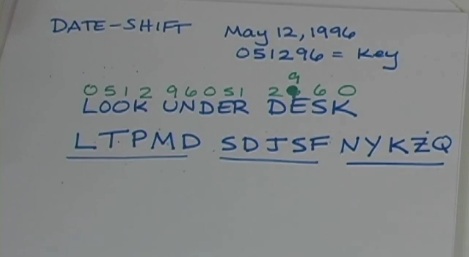The Date Shift cipher is a much harder code to break than, for example, the more simple Shift cipher. This is because the shift number varies from letter to letter, and also because it’s polyalphabetic (this means that a single number can represent multiple letters). I’ll explain it all in the video.
Please login or register to read the rest of this content.


Whoa – you are so right! The answers I get are these:
9. GLBZC GNHNQ
10. MLFZT GAATO GRMZQ
Does it match what you get also? So sorry about that – I will get the new ones published right away!
Aurora
We enjoyed the video on the Date Shift Cipher and printed out the worksheet to work some more problems. We are having difficulty with numbers 9 and 10 however. The cipher does not seem to work. This is what we get and it does not match your answer key. Any suggestions?
#9 – GNATTEOZT
#10 – MDETMEASSIXPOSP
Hey thanks! I appreciate the correction so we can make it better. 🙂
Hi, Aurora. I just wanted to comment that you actually made an error in the video. When you deciphered the “N” in “Under” you shifted it over 6 and came out with “S”. When I counted it was “T”, not “S”, but of course, I may be wrong. Just wanted to let you know! 🙂